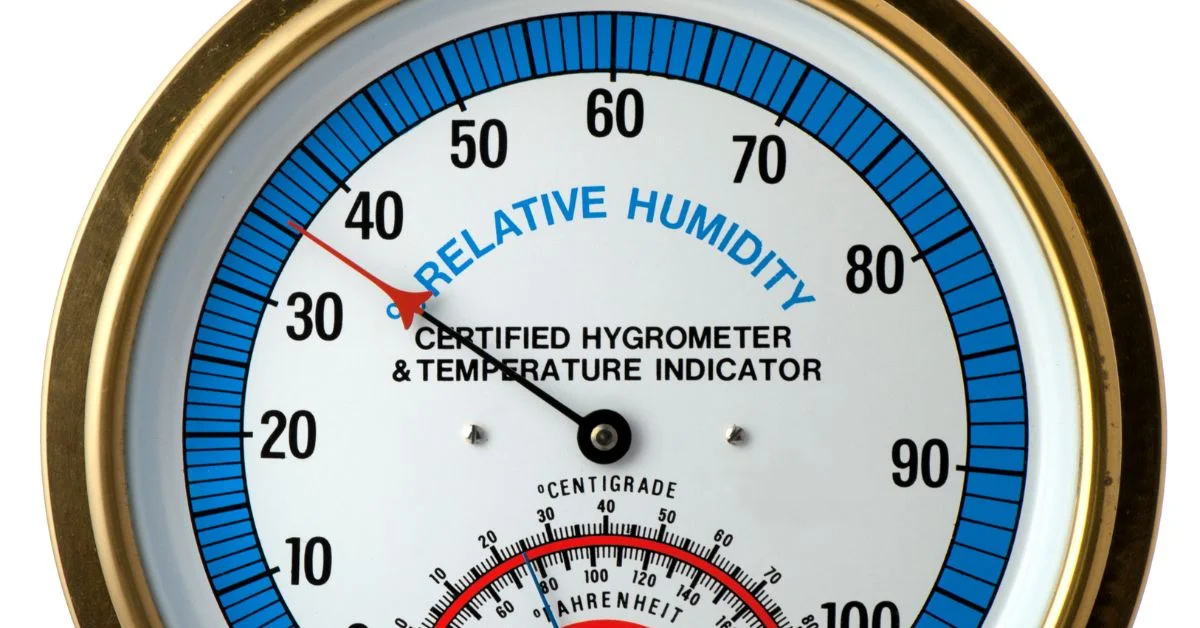36.7°C to F- If you’re used to reading temperatures in Fahrenheit, have you ever been confused by a thermometer reading in Celsius? I understand. As an example, consider the temperature 36.7°C, which is frequently linked to either the human body’s core temperature or the general weather. Would you happen to know what 36.7°C converts to in Fahrenheit?
What follows is an explanation of the formula for converting Celsius to Fahrenheit, as well as the relevance of 36.7°C and its implications for your daily life.
What is 36.7°C in Fahrenheit?
To convert 36.7°C to Fahrenheit, we apply the standard formula:
F = (C × 9/5) + 32
Plugging in the value:
F = (36.7 × 9/5) + 32 = 98.06°F
So, 36.7°C is approximately 98.1°F.
How to Convert Celsius to Fahrenheit
Understanding how to convert between Celsius and Fahrenheit is crucial when interpreting temperature in global contexts.
Here’s the formula:
- Fahrenheit = (Celsius × 9/5) + 32
- Celsius = (Fahrenheit – 32) × 5/9
Example:
If you’re converting 36.7°C to F, follow these steps:
- Multiply 36.7 by 9 → 330.3
- Divide 330.3 by 5 → 66.06
- Add 32 → 98.06°F
Simple, right? Let’s make it easier with a reference table.
Conversion Table for Common Temperatures
Here’s an HTML table to help you convert common body and weather temperatures quickly:
| Celsius (°C) | Fahrenheit (°F) | Context |
|---|---|---|
| 36.5°C | 97.7°F | Normal human body temp (low end) |
| 36.7°C | 98.1°F | Average human body temperature |
| 37.0°C | 98.6°F | Standard normal body temperature |
| 38.0°C | 100.4°F | Fever threshold |
| 40.0°C | 104°F | High fever (medical attention needed) |
Why Knowing This Conversion Matters
The following are some examples of why understanding the conversion from 36.7°C to F could be useful, whether you’re traveling, reading a medical chart, or using a thermometer built in another country:
- Health Monitoring: 36.7°C is often read as normal body temperature. In Fahrenheit, that’s 98.1°F, close to the standard 98.6°F benchmark.
- Weather Reports: Understanding outdoor conditions abroad.
- Cooking & Baking: Oven settings might differ between countries.
- Scientific & Academic Use: Many international journals and experiments use Celsius.
36.7°C in Real-World Contexts
Here are some situations where you might encounter 36.7°C:
- Digital thermometers: Reading body temp during flu season.
- Weather in moderate climates: A warm, sunny day in spring.
- Medical assessments: Determining if a patient’s body temperature is normal.
Knowing this value in Fahrenheit (98.1°F) helps you make accurate judgments without second-guessing or relying on converters.
Conclusion: 36.7°C to F
To review, the prevalent association of 36.7°C with human body temperature and other practical uses is due to its conversion to 98.1°F. You may increase your health literacy and broaden your global understanding by learning how to convert Celsius to Fahrenheit.
FAQs: 36.7°C to F
1. Is 36.7°C a normal body temperature?
Yes, it falls within the normal human body temperature range, which is generally between 36.1°C to 37.2°C (97°F to 99°F).
2. How do I convert Celsius to Fahrenheit without a calculator?
Use the quick formula: multiply by 2 and add 30. It’s not precise but gives a close approximation.
3. Is 36.7°C to F the same on every thermometer?
While the conversion remains the same mathematically, digital and analog thermometers might show slight variations due to calibration differences.
4. What is considered a fever in Fahrenheit and Celsius?
A fever usually starts at 100.4°F (38°C) or higher.
5. Why is Fahrenheit used in the US while the rest of the world uses Celsius?
It’s mainly historical. The U.S. adopted Fahrenheit early, and it remains part of their customary system, unlike the metric-based Celsius system used elsewhere.
For more information, click here.









